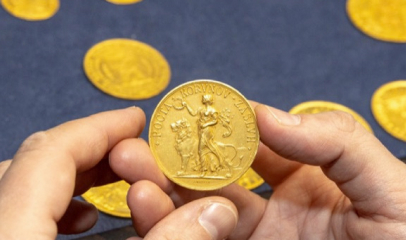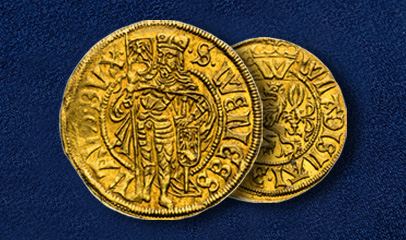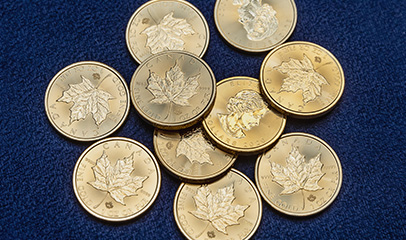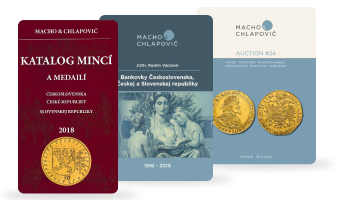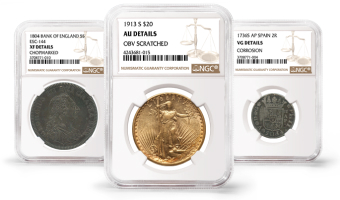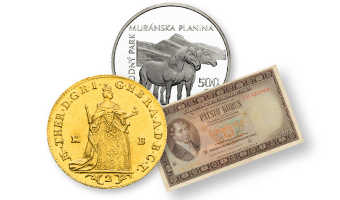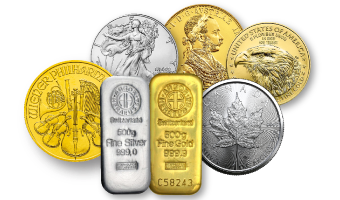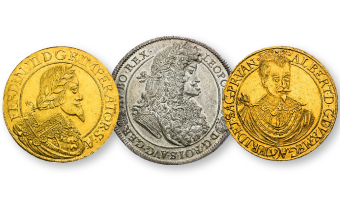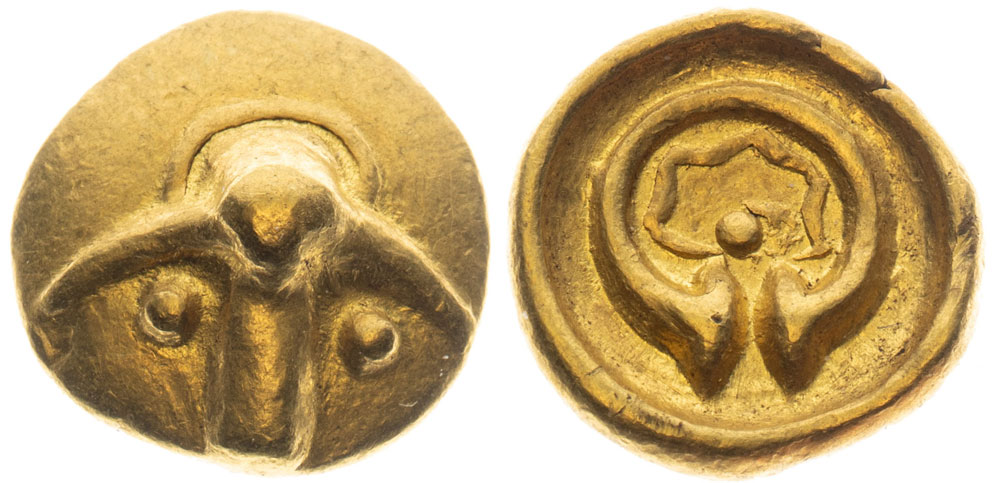
Artistic motifs of celtic coins
The earliest Central European Celtic coins are a testament to the profound influence of Mediterranean cultures on the Celts. Their artistic motifs, drawn primarily from regions such as Macedonia, Thrace, Italy, mainland Greece, Anatolia, Sicily, and likely also others, often reflect standardised depictions of popular scenes and themes of the ancient world, usually rooted in Greek mythology. Yet in rare and exceptional cases, the creators of Central European Celtic coins departed from the established conventions, choosing instead to incorporate motifs inspired by their own artistic traditions. These original designs likely reflect important symbols of the Celtic world, which once included the territory of the modern-day Czech Republic.
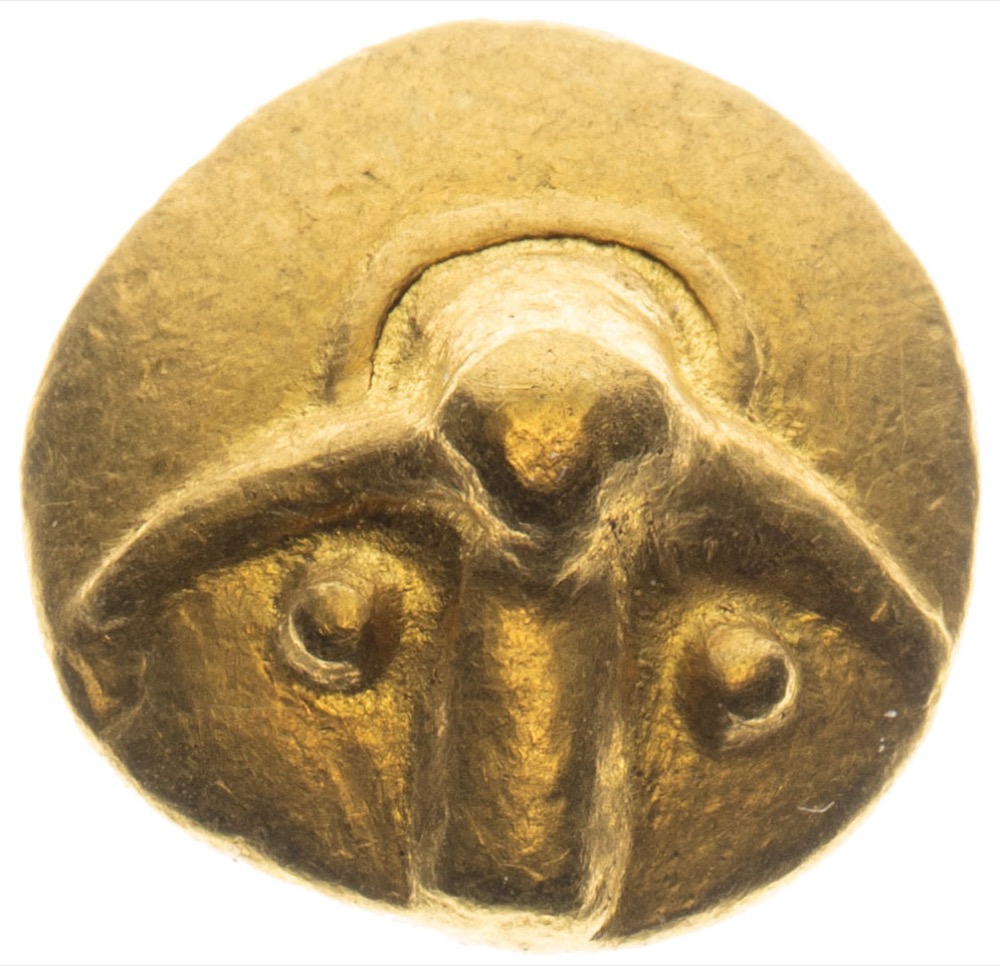
Rare coins and uniques
Undoubtedly, one of the oldest Bohemian Celtic coins features the depiction of a torc, a neck ring that held significant status in Celtic society. The torc was not only a protective amulet, but likely also a symbol of power and social status. It is a recurring motif on countless Central European Celtic works of art. Gold torcs, often weighing several hundred grams, were reserved for the highest echelons of Celtic aristocracy. They have featured in various treasure discoveries, in particular those made in Gaul, though they have also occasionally been found in the Czech Republic and its surrounding areas. The gold and silver coins of the torc type, minted in Bohemia, feature the torc on their reverse side and were produced in five denominations starting from the late 3rd century BC.
Gold and silver coins of the torc type
Among these, the ¼ staters stand out as particularly intriguing. The minting of quarter staters in Bohemia was very rare and only occurred during the earliest phases of Celtic coinage. Their production was later supplanted by the minting of ⅓ staters. This shift was inspired by the widespread production of third staters along the Amber Road, stretching from southern Silesia to the Austrian Danube region. Today, only a few types of Bohemian quarter staters are known to exist, each represented by just a handful of pieces or even a single specimen.
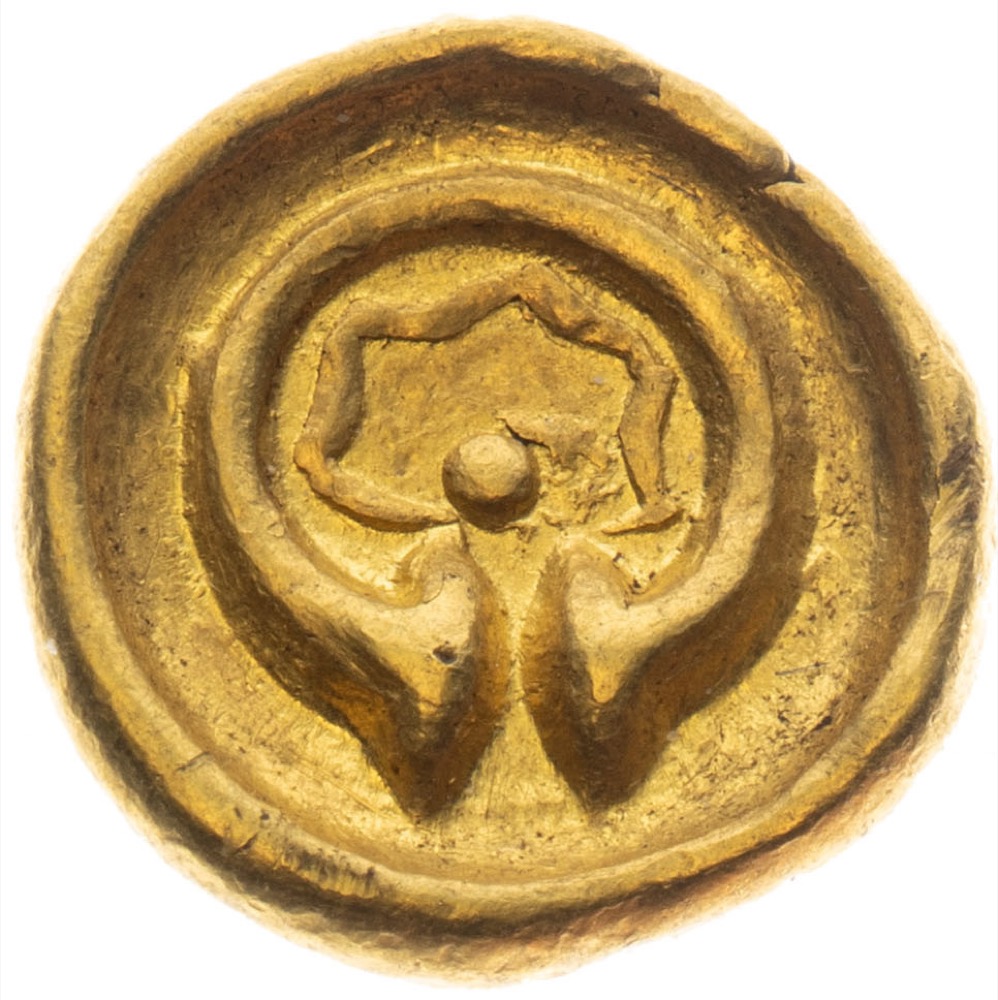
This particular type and denomination have never before appeared at auction
In our upcoming Auction #34, a rare variant of a quarter stater with the torc motif will be offered under lot number 5. This coin, in exceptional condition, is poised to become a prized addition to even the most discerning collections. Remarkably, this particular type and denomination have never before appeared at auction. Its rarity is further underscored by the fact that even Mr. Václav Bruna, a dedicated collector, was unable to acquire it, despite his extended efforts. It was the only gold denomination with the torc motif missing from his collection, which was sold at the 33rd Macho & Chlapovič auction last spring. We would like to remind you that the torc stater sold at said auction fetched an astounding EUR 90,000, including the auction premium.
NUMISMATIC AUCTION #34
The floor auction will take place on Friday, 25 October 2024, at the Mandarin Oriental Hotel in Prague. The eLive auction will take place from Monday, 28 October 2024 (starting at 06:00 pm), to Thursday, 31 October 2024 (starting at 06:00 pm).

BIDDING METHODS:
The floor auction: in person on the floor, by phone, live bidding via the AUEX auction system, prebiddig via the AUEX auction system
The eLive auction: live bidding via the AUEX auction system, prebiddig via the AUEX auction system
THE AUEX AUCTION SYSTEM:
https://machochlapovic.auex.de/en-us/auctions/current


